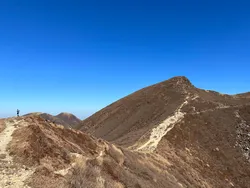
Japanese people take their hiking fashion quite seriously. With over 100 hikes on Japanese trails under my belt, I’ve spent a lot of time noticing people’s gear, and probably too much time Googling for what hiking clothing I should buy next. If you wanted to know what sort of outdoor brands Japanese people use and clothing they wear while on the trail, this is the post for you! The following are some of my favourites and recommendations for hiking gear in Japan.
The most popular Japanese hiking brand: Mont Bell
If you’re checking out hiking gear in Japan, the first place you should make a pilgrimage to is your nearest Mont Bell store. It’s the hiking brand in Japan: you could deck yourself out head-to-toe in Mont Bell and you’d fit right in on the trails.
It’s great quality but at a reasonable price point, and tends to be a bit cheaper than popular international brands like the North Face. I occasionally even see it mentioned on some overseas UL (ultralight) gear recommendation lists - like the Versalite rain jacket.
A particular favourite for me are its limited edition regional shirts. If I’m travelling somewhere new in Japan, sometimes I’ll stop by the Mont Bell store and see what designs they have in stock.
If you’re not sure which Mont Bell to visit but are in central Tokyo, I’d recommend stopping by the Shinjuku store, which you can find on the west side of Shinjuku station. Otherwise, there is a large outlet mall called Grandberry Park in Machida which has Mont Bell along with a bunch of other outlet stores, so that may be worth checking out if you have the time.
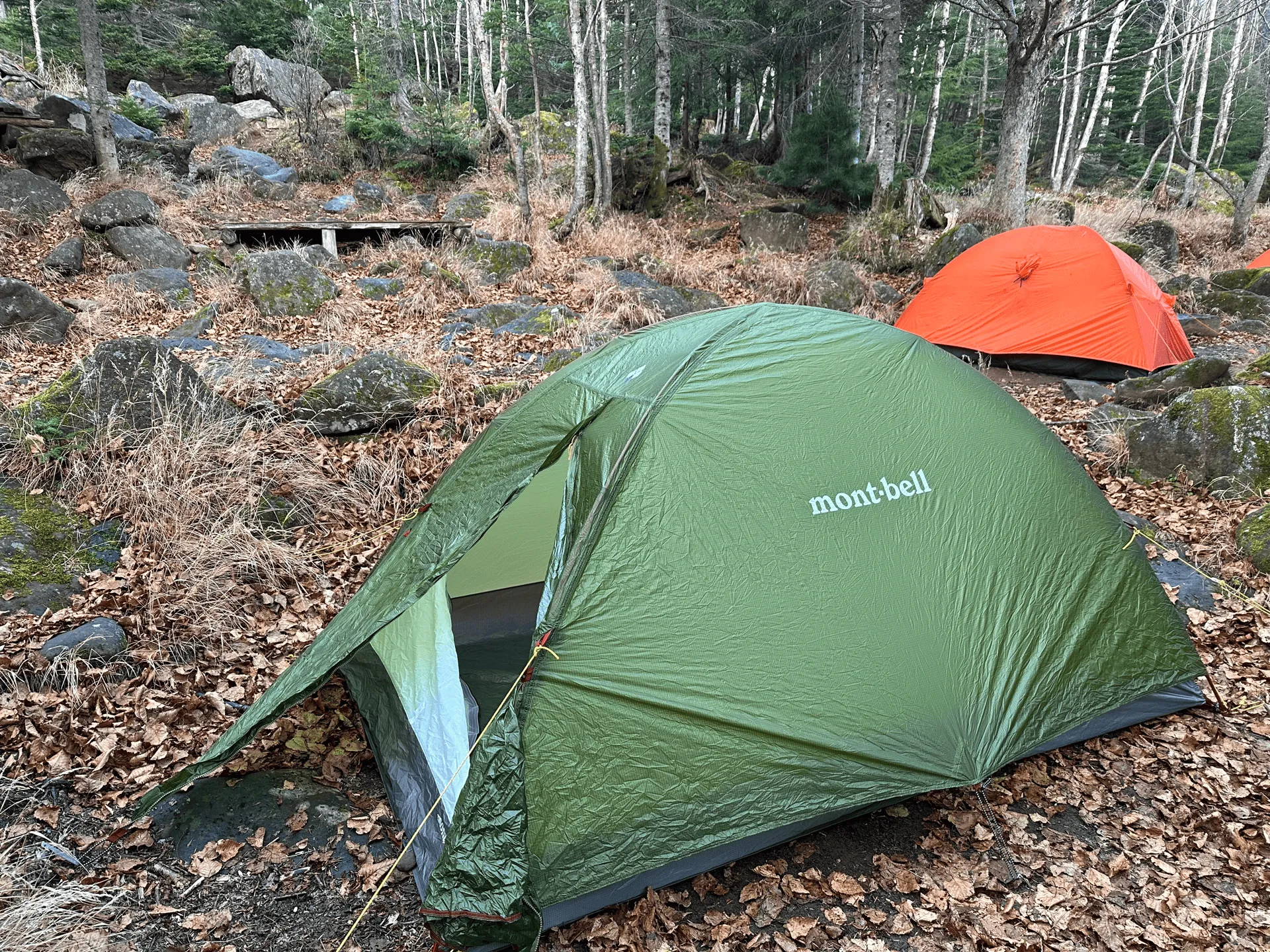
Mont Bell literally stocks everything - clothing, shoes, backpacks, tents, sleeping bags and even camping food. So you could entirely prepare for a hike with a visit to a Mont Bell store.
The one caveat to Mont Bell is that they are a Japanese hiking brand, and so are more suited for Japanese bodies. Technically I’m half-Japanese, but appearance-wise I’ve come out looking pretty white. I’m 5’6” and around 60 - 65kg: although their shirts and jackets fit me fine in a woman’s L, I only fit into their XL pants and they don’t tend to look too flattering on my body shape since I store my weight in my lower body. For men, if you’re on the slimmer side you won’t have any problems even if you’re tall (like 6’4”) as they do have “extra long” versions of their pants.
For t-shirts, I tend to wear a men’s S just because I like the looser fit. They have a range of sweat-wicking shirts called “wickron” which I use a fair bit for the gym as well. The only downside is the smell of sweat can be quite hard to get out of the shirts (even after washing) after a while of using it. I also recently bought one of Mont Bell’s “Zeo-Line” bras which are quite nice, and I think I will continue to buy in the future.
And Wander: for the fashion-conscious hiker
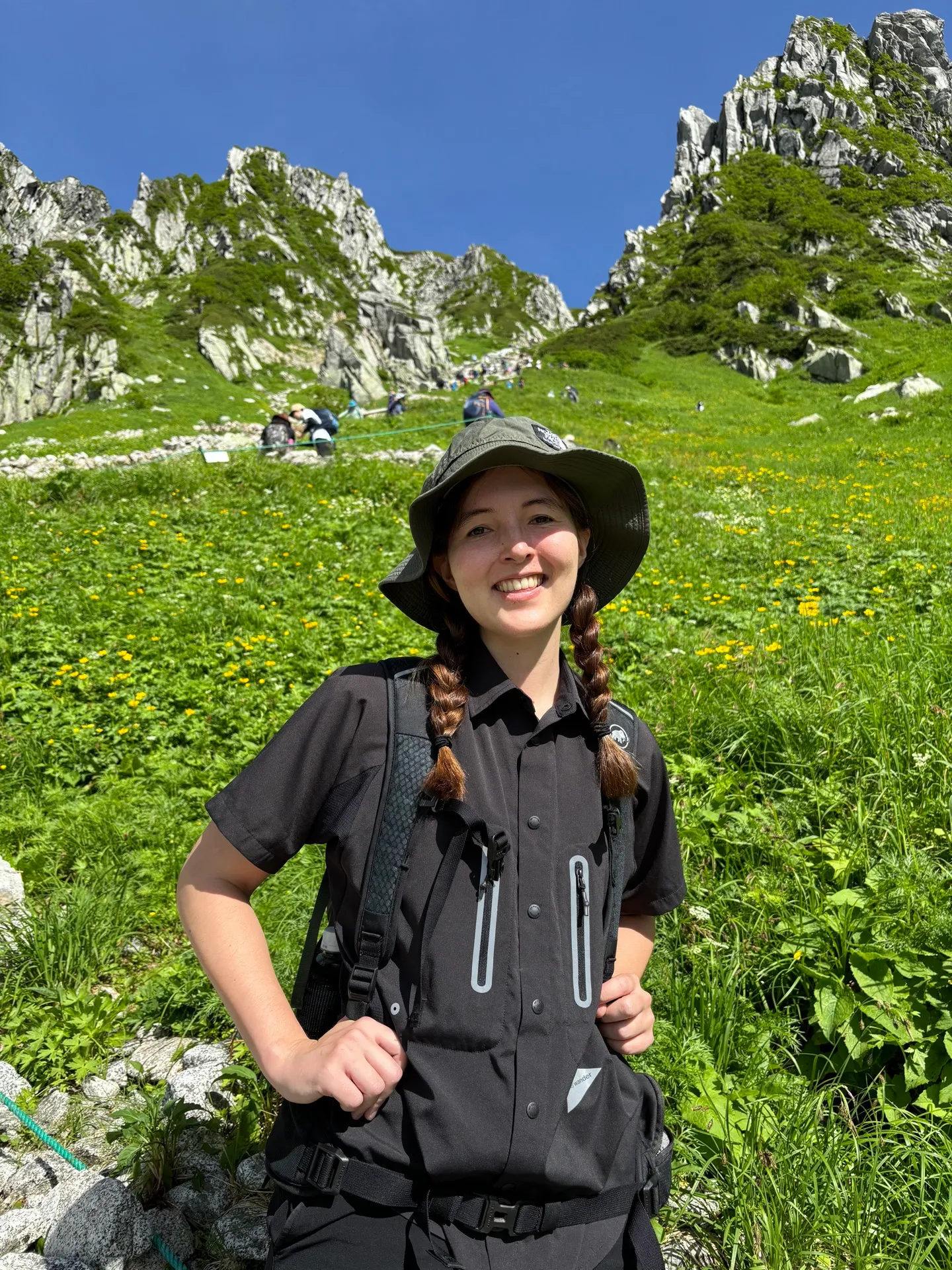
If you don’t mind shelling out some extra cash, the hiking/fashion brand And Wander is another one of my favourites. One of their shirts runs for over 20,000 yen, so compared to a 3,000 yen t-shirt from Mont Bell it’s kind of a crazy price to pay, but personally I’ve found it to be worth it considering the amount of hiking I do (and hence the amount I wear it).
I own one of their “Tech SS” shirts (which I’m wearing in my profile picture) and generally I find with the collar it looks a lot nicer than a plain t-shirt in photos, if you care about that sort of thing. They do have a physical store in Shibuya, but actually I’ve always bought my clothes online and hoped for the best and it’s turned out pretty well. I wear a women’s medium (or WM).
Other hiking and camping gear brands
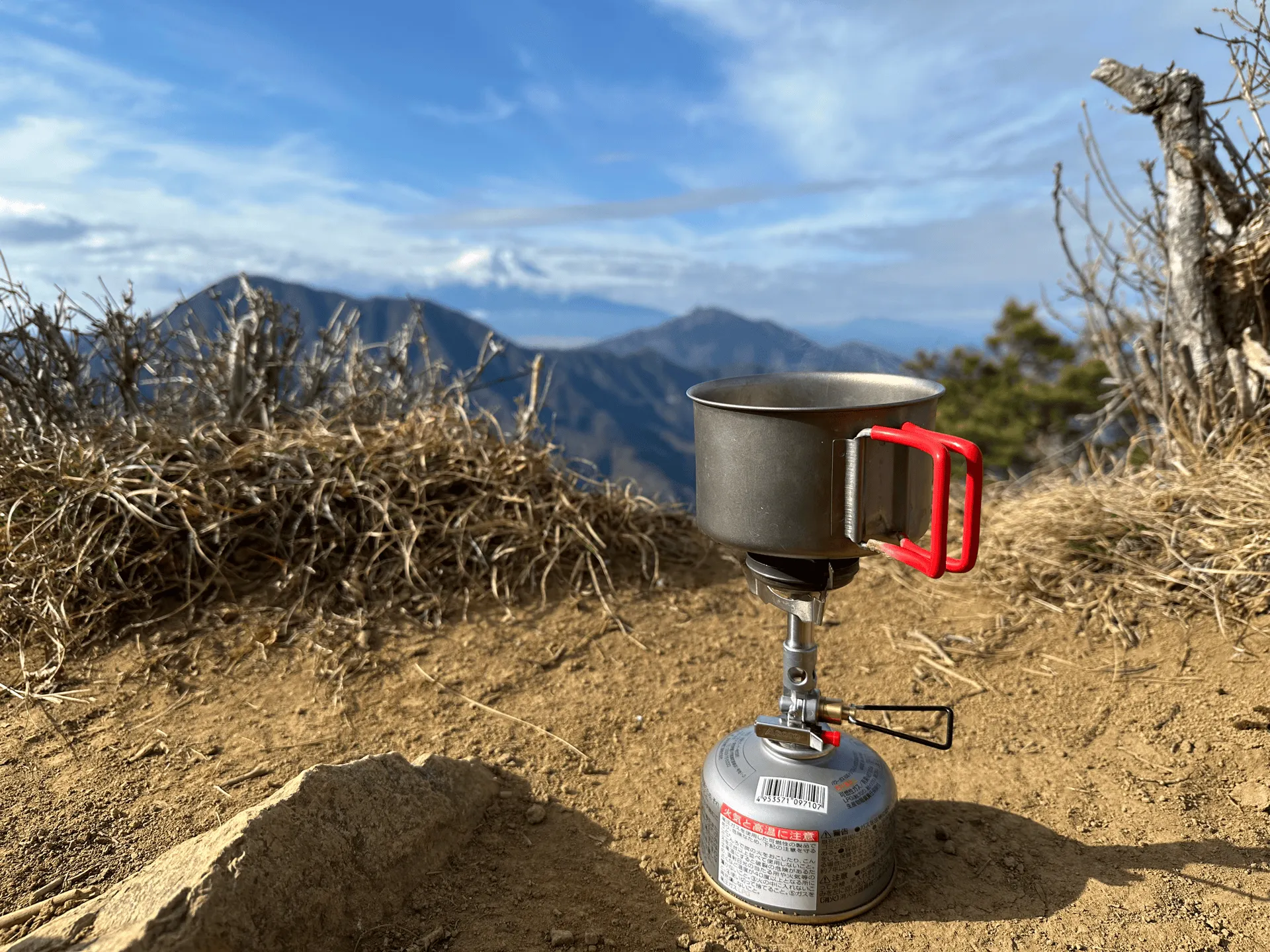
Starting with the Japanese brands first:
- Paagoworks is a popular hiking bag manufacturer. I particularly like their range of Switch bags, which are pouches you can wear in a number of configurations - whether around your waist, chest or clipped to the back of your backpack. I actually use mine for non-hiking regular days out as well so it’s super versatile.
- Yama to michi is another clothing brand that I often see on the trail. Similar to And Wander, I would say they are on the more premium end of things and are also quite opinionated on materials e.g. 17,000 yen for a merino shirt, that sort of thing.
- Soto sells gas burners for cooking. I use one of these since it’s one of the lightest options available.
- Evernew and their range of titanium cookware. I own a pair of cups from them which are quite nice and light for overnight hikes.
- Snowpeak is like a fancy camping gear store. I’ll often see it in department stores, actually. I’ll admit I’ve never bought anything from Snowpeak, since if I’m going to buy a tent, it’s going to need to be something small enough I can carry in a backpack, while Snowpeak is more aimed at the camping-only crowd and things tend to be heavier.
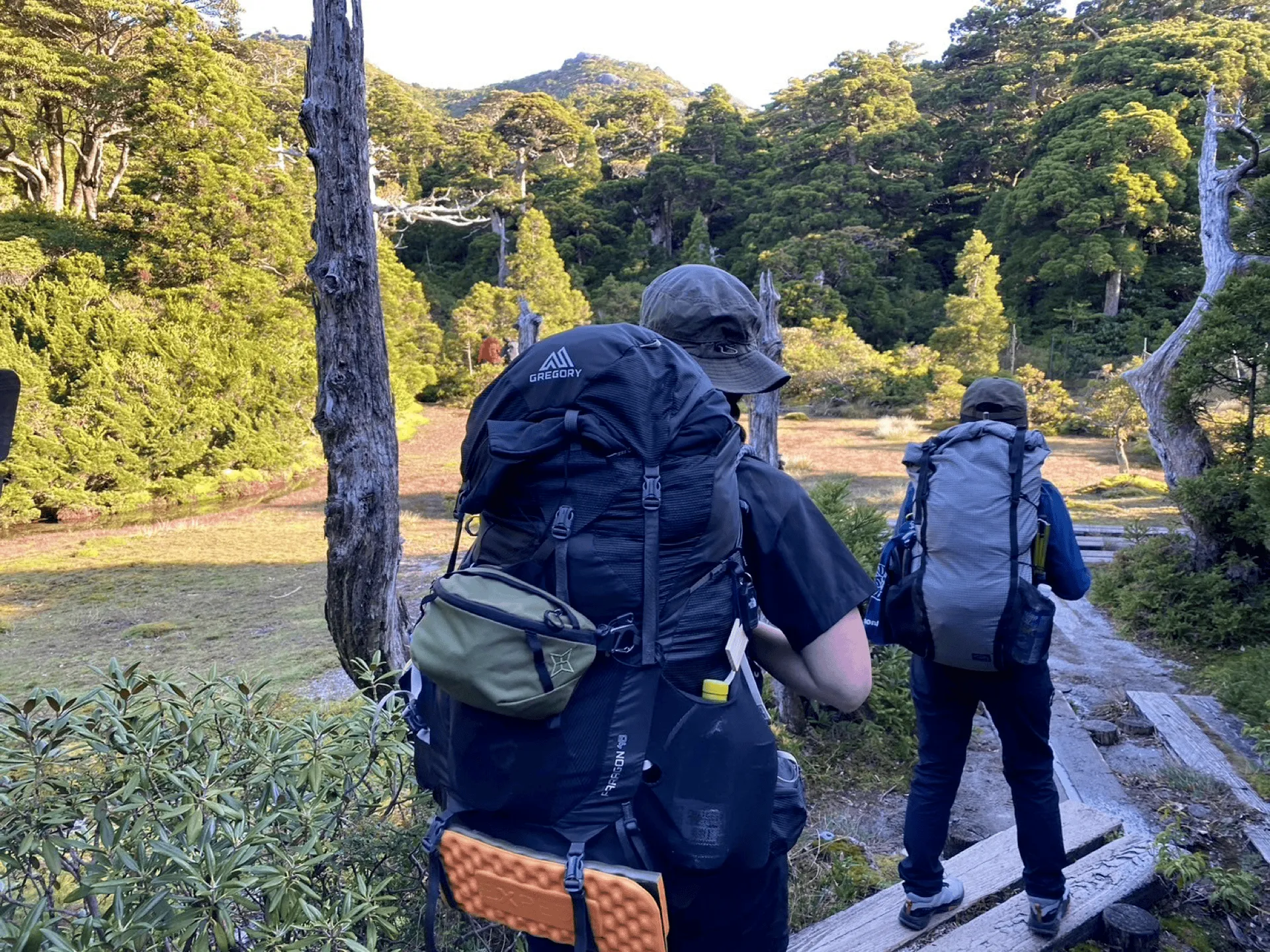
Some other notable brands that I personally use or have see on the trail:
- Mammut is a Swiss brand that has a sizeable following in Japan as well. I tend to see a lot of men wearing their hiking pants, so I assume they must be good. The backpacks are another favourite - I actually own two Mammut backpacks myself.
- Hyperlite Mountain Gear and their range of ultralight backpacks. Some Japanese are quite into the UL scene, so I’ve seen these are fair bit.
- Nike ACG is like the fashion offshoot of Nike. I don’t see it much on the trail, but personally I’ve bought a couple of pieces from them.
- To round off the list, I also commonly see The North Face, Columbia (generally tends to be cheaper than North Face) and the very expensive Arc’teryx.
Trying on hiking shoes in Japan
Hiking is all about walking, so you’ll also want to choose wisely when thinking about what goes on your feet. When buying hiking shoes, you should try them on first to find the pair that is the best fit for you.
If you’re in Tokyo, I recommend the store L-Breath, which has a branch at Shinjuku station. They have a wide variety of different hiking shoe brands to choose from, and the store employees are really knowledgeable (although they probably won’t speak English). The other large hiking store near Shinjuku is Ishii Sports, where I’ve actually had the opposite experience - the staff aren’t very knowledgable and are generally too busy (or understaffed?) to even talk to you. I have gone there when I already had a specific shoe in mind that I already wanted to buy, but wouldn’t recommend going there otherwise.
The other thing to keep in mind is that since you’re wearing thick socks and your feet will swell while hiking, you should be buying shoes that are bigger than your normal shoe size. I usually go 1cm bigger. Women’s shoes cap out at 25cm in Japan, so if you’re any bigger than that, you’ll probably be looking in the men’s section. I always like the colour options for men better anyway so this works fine for me.
Right now I wear Salomon’s X Ultra 4 Mid Gore-tex model. I’ll admit this is partially because I think they look cool. I went through my first pair within 18 months and am currently on my second so I can’t speak to its durability, but I’m happy with it otherwise.
If you’re curious what hiking shoe brands Japanese hikers are wearing, then these are some of the brands that I generally see on the trail:
- Mont Bell
- Hoka
- Scarpa
- La Sportiva
- Columbia
- The North Face
Pro-tip: Hiking sock liners
A hack for me has to been to always wear two pairs of socks - an outer pair that is your regular thick pair of hiking socks, and then an inner pair of Injinji Liners. They’re thin 5-toe socks, and I find that with this combo I don’t get any blisters on my feet.
Finding hiking pants in Japan
So I mentioned that Mont Bell’s pants sizing don’t really work too well for me with my western body type, so you might be wondering what I wear - generally I try and stick with overseas brands for this one.
In summer I used to go for shorts and leggings, since it’s quite rare for Japanese hikers to show bare skin on their legs. I was wearing the North Face’s Magma shorts, which are quite nice and stretchy, plus some Lululemon Align leggings underneath. Lululemon isn’t known for being a hiking brand, but I’ll be honest I bought these purely because they came in a nice shade of khaki green (my favourite colour).
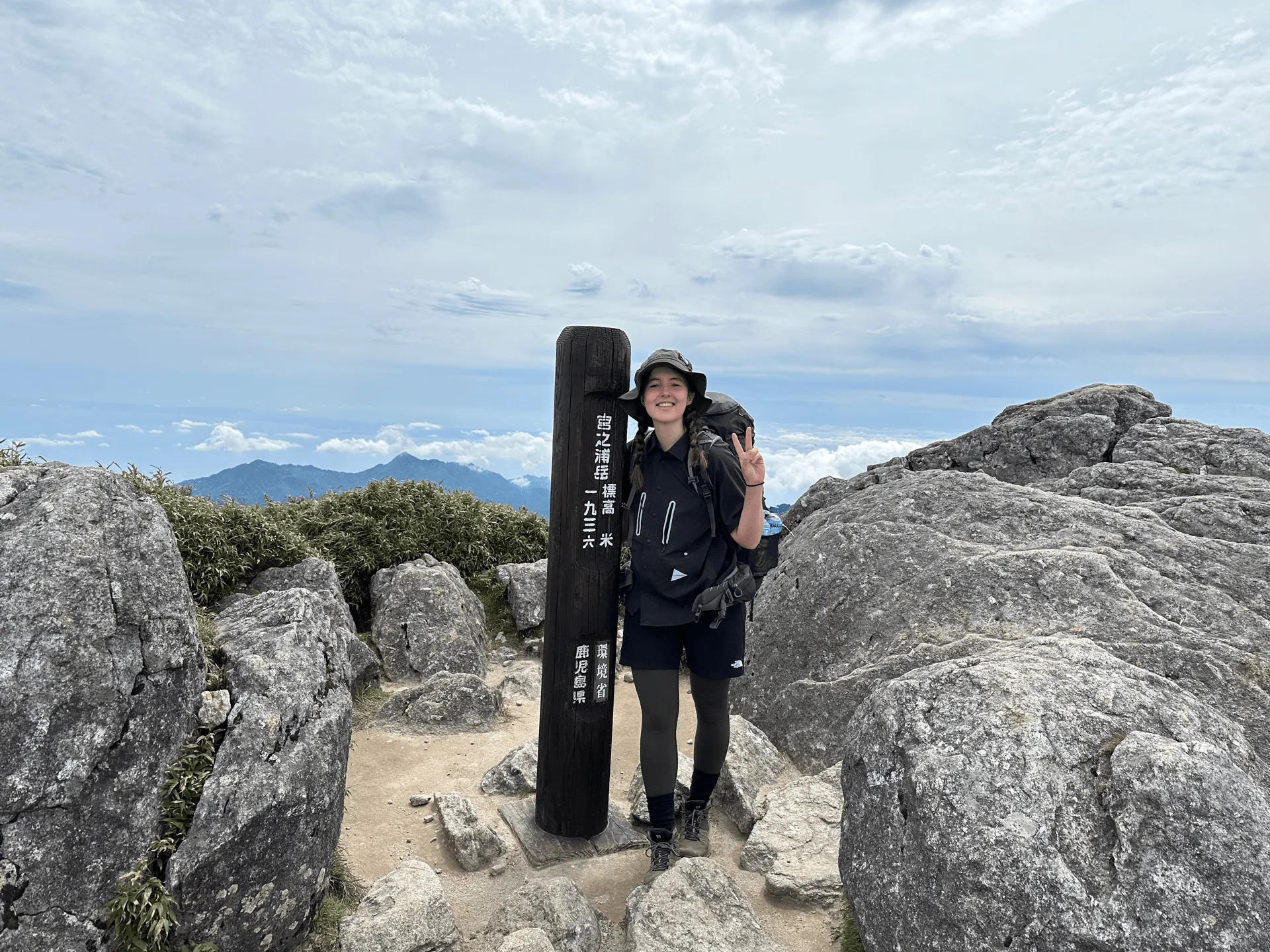
More recently, I’ve switched to Patagonia’s Terrebonne joggers. They’re super lightweight and feel amazing to wear, even in summer. If it’s a little bit cooler, I just wear a pair of leggings underneath.
In winter I also have a pair of Fjallraven’s Keb trousers, in their “curved” sizing. I find these to be not too bad, the fabric is sturdy and it comes with zip vents on the side so you can air your legs out if it gets a bit too hot. I did find a Fjallraven store in Shibuya where I was able to try on a similiar model so I could get a sense of the sizing, and then I purchased these online. I was influenced by a Youtuber who looks absolutely great in them but unfortunately they don’t look quite as flattering on me, ha. The search for my favourite winter hiking pant continues…
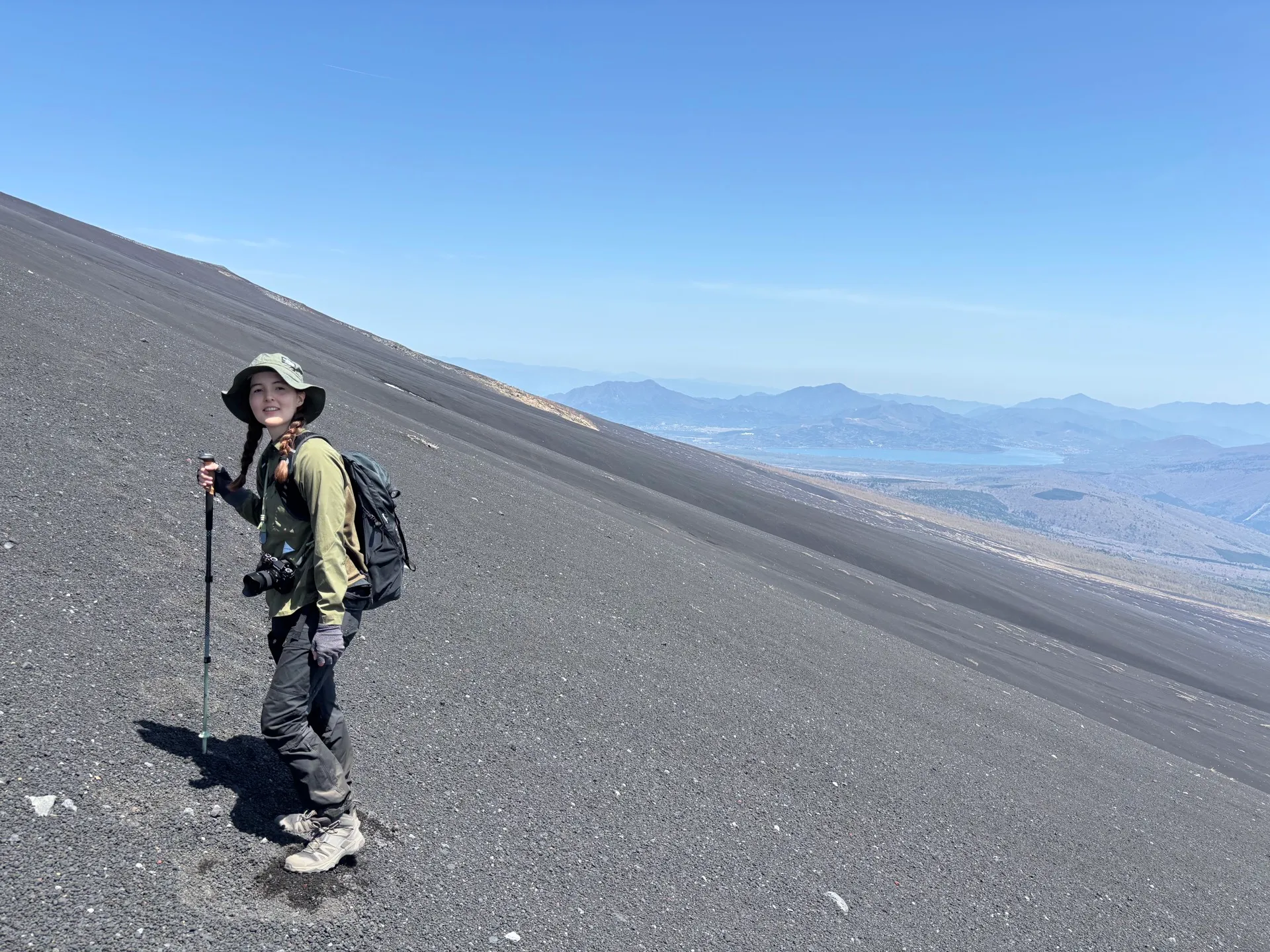
Choosing a hiking backpack
If I had to pick one backpack size, I would go for a 30L. It’s large enough that you can do overnight hut stays where you bring your own sleeping bag and mat, but not too big that you couldn’t use it on a dayhike, so it’s kind of the perfect all-rounder size. Once you start doing hiking with your own tent, you will probably need to go larger, like a 48L or 60L. 15L packs are a great lighter option in the summer, but I find in the winter that trying to fit all my layers into a tiny backpack as I shed them doesn’t work out too well. Again, L-Breath has a good variety in brands and sizes so that’s where I go to shop.
I currently use a 30L Mammut Ducan backpack. I particularly like it because it has a mesh gap between your back and the backpack - better airflow for my sweaty back!
Buying second-hand from Mercari
If you’re looking to save money, another option is to check out the second-hand market on Mercari. A lot of times, people might go hiking or camping once or twice, and then end up having all this extra gear that they never use again. I’ve bought a large backpack for overnight hikes from Mercari, as well as a Mont Bell tent second-hand in really good condition, so there are some pretty good options on there. I recommend taking your time though - if you have while before your next hike, you can just watch the new items as they pop up, and jump on one if you see a good deal.
Selling second-hand in Japan does sort of have its own culture though - after buying an item, the buyer will usually send you a thank you message, and then once it’s shipped will send you another message to let you know that the item is on its way. You’re also supposed to reply and also thank them. I’ve heard stories sometimes that if you don’t reply to them properly they get a bit put off or suspicious, so I would try and be a little bit diligent about replying if you can. These days, Mercari has a “suggested message” feature so you can just click on that and it will type out a generic “thank you” message for you.
A final note on Japanese hiking fashion
If you want to try and “fit in” on the trails in Japan, you’ll generally want to cover your skin where possible. The same is true for fashion in the city, but generally in Japan people dress more modestly compared to western countries. On the trail, you’ll see a lot of long-sleeved tops and leggings with shorts on top in summer. Also wearing just leggings by itself is something people don’t generally do over here.
That’s not to say 100% of people follow this. You’ll still see people wearing shorts both in the city and on the trail, so if you feel more comfortable in shorts, and don’t really care about trying to “fit in”, this is completely OK as well. Realistically speaking, if appearance-wise you already look different, you’re still going to stand out no matter what you wear!
Personally, I do long pants or leggings with shorts even in summer. I find it reduces the surface area where I need to apply sunscreen, and although I usually hate the heat, I find the leggings don’t bother me as much as I thought they would. But long-sleeve shirts are where I draw the line - I’ll always be wearing a short-sleeve shirt in summer. Just make sure to apply plenty of sunscreen!
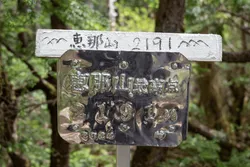
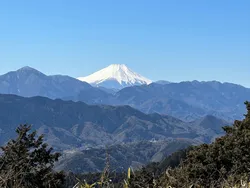
Comments
Leave a comment